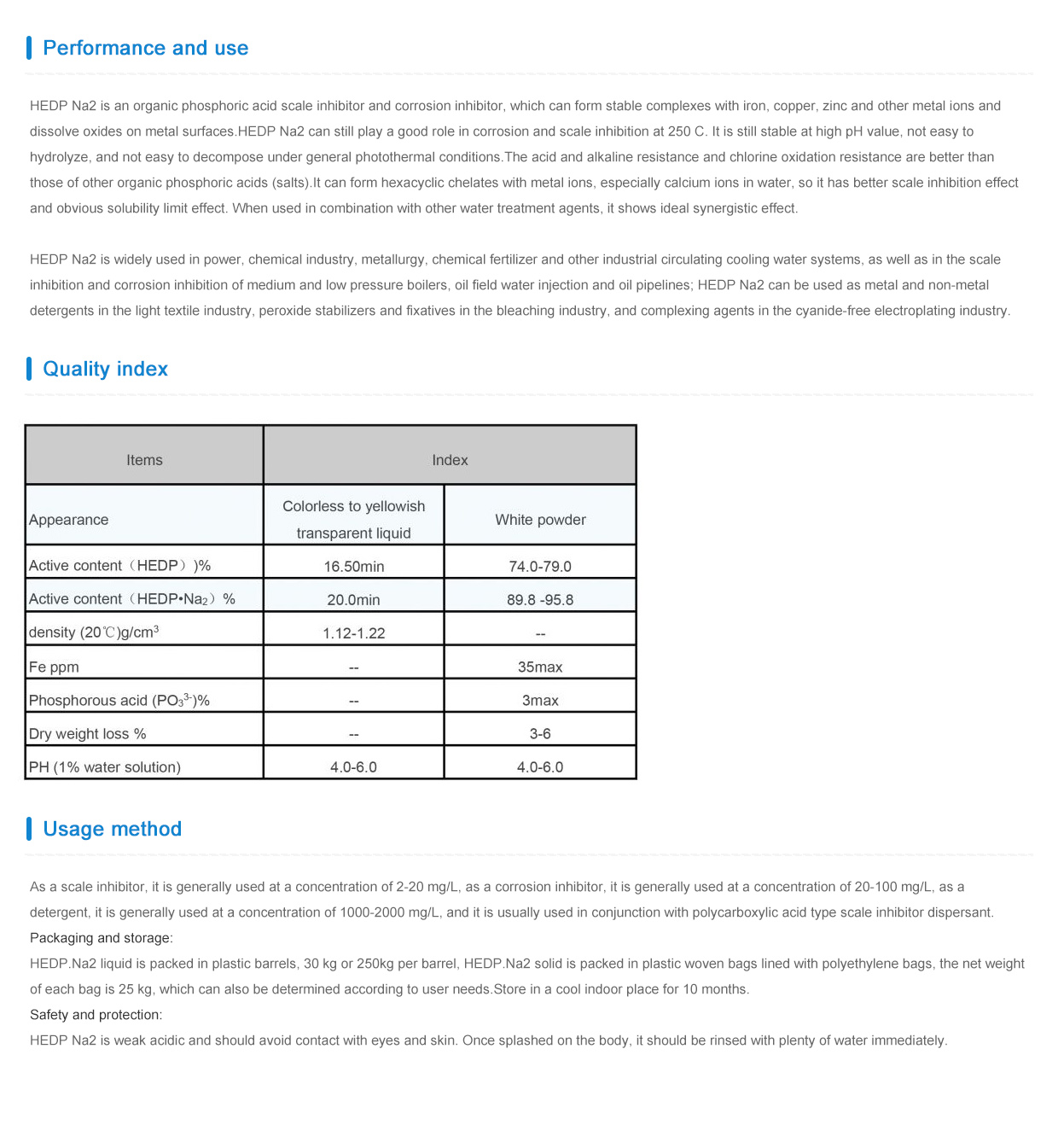what is poly aluminum chloride
Understanding Poly Aluminum Chloride A Comprehensive Overview
Poly Aluminum Chloride, commonly referred to as PAC, is a type of inorganic polymer used widely in water treatment processes, including drinking water purification, wastewater treatment, and even paper production. Its effectiveness as a coagulant makes it a valuable chemical in various industrial applications. This article delves into the properties, applications, advantages, and environmental considerations associated with PAC.
What is Poly Aluminum Chloride?
PAC is a polyionic compound that is formed by the hydrolysis of aluminum chloride (AlCl3). The resulting polymer consists of aluminum oxyhydroxyl complex ions, which have varying degrees of polymerization. It is generally supplied as a white to yellowish powder and is soluble in water. Upon dissolution, PAC forms a series of aluminum hydroxide species, which play a crucial role in coagulating suspended particles in water.
Properties of PAC
One of the defining properties of PAC is its high charge density, which facilitates the coagulation and flocculation processes. Coagulation refers to the aggregation of small particles into larger flocs, which can then be easily removed from water. PAC exhibits several advantageous properties
1. pH Range PAC is effective over a wide pH range, making it versatile for various water conditions. It typically operates optimally between pH 5 and 7, although it can still work effectively outside this range.
2. Lower Dosage Requirements Compared to traditional coagulants like alum (aluminum sulfate), PAC often requires lower dosages to achieve the same or better results. This can lead to cost savings in treatment processes.
3. Enhanced Settling The flocs formed using PAC tend to be denser and larger, leading to improved settling rates. This property is particularly beneficial in the sedimentation process of water treatment.
Applications of PAC
PAC is employed in a multitude of applications, primarily in water and wastewater treatment facilities. Some of the notable uses include
1. Drinking Water Treatment PAC is widely used in drinking water purification processes to remove turbidity, organic matter, and harmful microorganisms. Its effectiveness at various pH levels makes it suitable for different water sources.
what is poly aluminum chloride

2. Wastewater Treatment In municipal and industrial wastewater treatment, PAC aids in the removal of suspended solids and reduces chemical oxygen demand (COD), leading to improved effluent quality.
3. Paper Manufacturing In the paper and pulp industry, PAC is used as a sizing agent and is effective in enhancing the efficiency of the paper-making process.
4. Oil and Gas Industry PAC finds applications in the drilling and completion phases of oil and gas exploration to stabilize drilling fluids and enhance the performance of mud systems.
Advantages of Using PAC
The use of PAC offers several benefits over traditional coagulants
1. Improved Efficiency PAC's superior performance in a wide range of pH levels and lower dosage requirements lead to more efficient processes and reduced chemical costs.
2. Reduced Sludge Production PAC typically generates less sludge than other aluminum-based coagulants, lessening the burden on sludge handling and disposal.
3. Cost-Effectiveness Although the initial cost of PAC may be higher than traditional coagulants, the overall savings achieved through reduced dosages and sludge disposal costs can make PAC a more economical choice in the long run.
Environmental Considerations
While PAC is generally considered safe when used within appropriate guidelines, there are some environmental considerations to keep in mind. The use of aluminum-based coagulants can lead to aluminum residue in treated water, which can be detrimental when present in high concentrations. Regulatory agencies monitor aluminum levels in drinking water to ensure safety standards are met.
In conclusion, Poly Aluminum Chloride is a pivotal component in modern water treatment and various industrial applications. Its unique properties and advantages make it a preferred choice over traditional coagulants in many scenarios. As concern for water quality and environmental impact continues to grow, the importance of efficient and effective treatment methods like those utilizing PAC becomes increasingly relevant. As industries strive for more sustainable practices, understanding and utilizing compounds like PAC will be vital for achieving clean and safe water for all.
-
Pbtc Scale InhibitorPBTC: A Scale Protector for Industrial Water TreatmentNewsAug.05,2025
-
Organic Phosphonate: An Efficient Defender in the Field of Scale InhibitionNewsAug.05,2025
-
Hydrolyzed Polymaleic Anhydride: Green Pioneer in Scale Inhibition FieldNewsAug.05,2025
-
PAPEMP Polyamino Polyether Methylene Phosphonic Acid For SaleNewsAug.05,2025
-
Flocculant Water Treatment: A Pioneer in Purification in the Field of Water TreatmentNewsAug.05,2025
-
Benzyl Isothiazolinone: An Efficient and Broad-Spectrum Antibacterial Protective GuardNewsAug.05,2025





